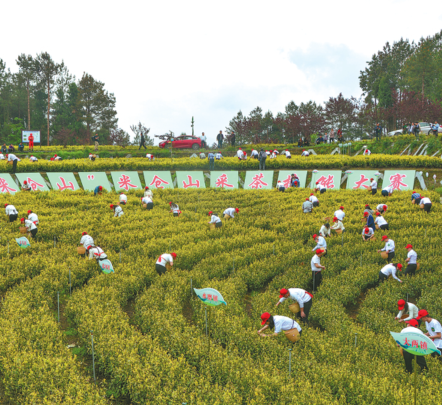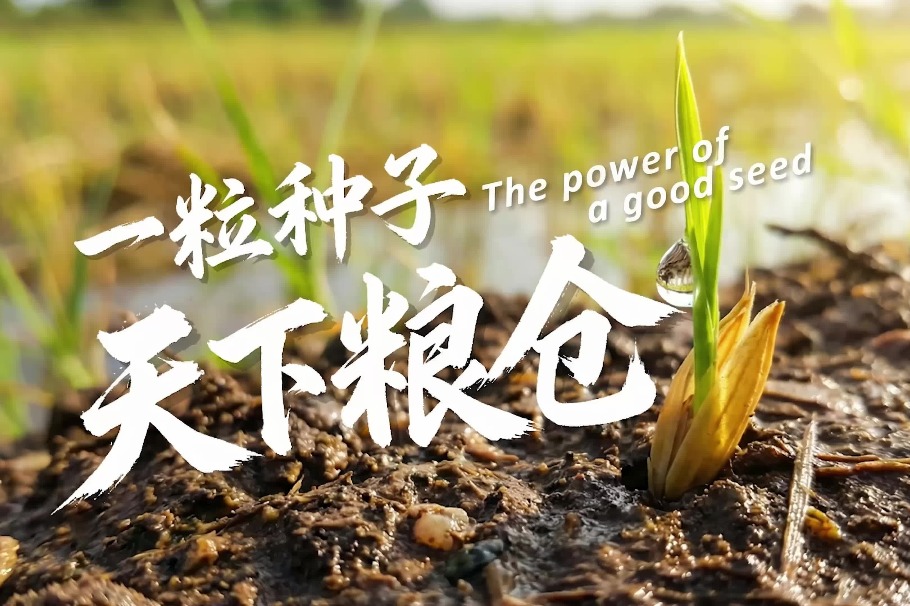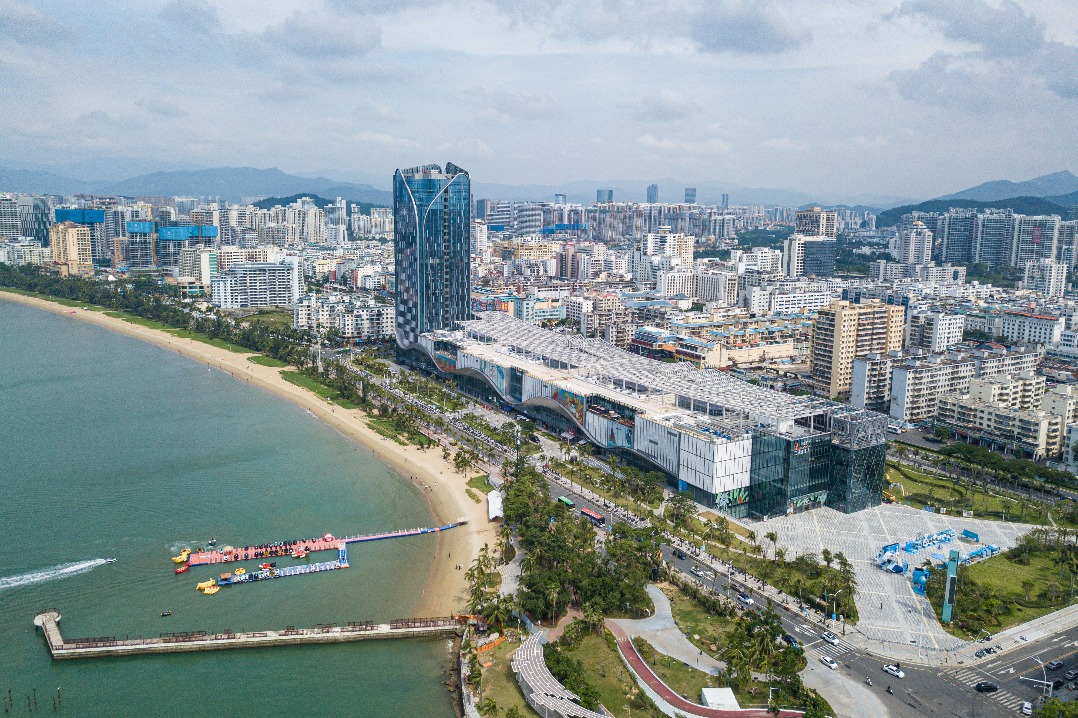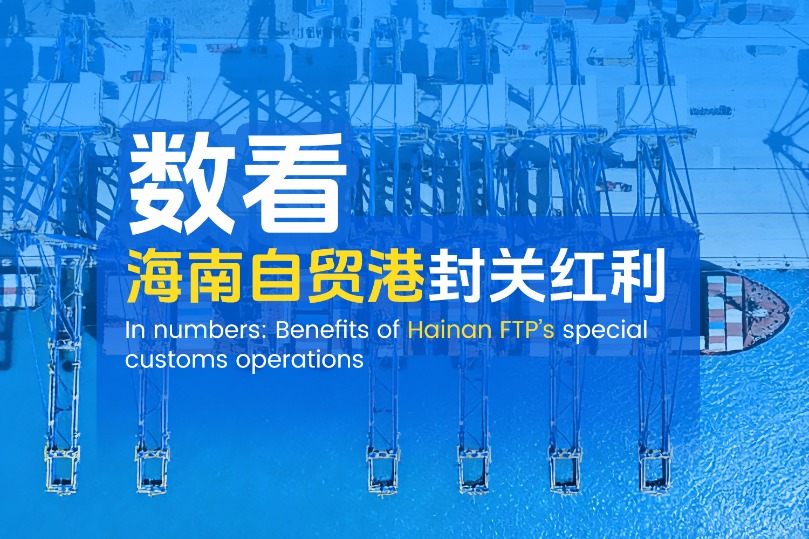Wangcang leveraging tea culture and history to brew success

The tea culture in Wangcang county, Sichuan province, boasts a rich history spanning over 2,000 years, originating from the Western Zhou Dynasty (c. 11th century-771 BC). At that time, locals at the southern foot of the county's Micang Mountain utilized tea leaves for medicinal purposes.
During the Western Han Dynasty (206 BC-AD 24), Micang Mountain tea was esteemed as a royal tribute. It even found its place in the Classic of Tea, penned by the Tang Dynasty tea sage Lu Yu, who considered Micang Mountain as one of China's primary tea-producing regions during that era.
Notably, Micang Mountain tea gained the moniker "Red Army Tea" due to its provision to the Red Fourth Army. These soldiers were stationed in Wangcang for over two years, as the county served as a crucial strategic assembly place for their Long March departure.
Renowned for its richness in zinc and selenium, Micang Mountain tea exhibits a vibrant green hue, a robust and enduring aroma and subtle hints of orchid. Kaison Chang, a senior official at the Food and Agriculture Organization of the United Nations, praised Micang Mountain tea for its exceptional qualities, likening it to the renowned Longjing tea.
By the end of 2024, Wangcang boasted 20 tea-producing towns, with a total tea plantation area spanning 16,667 hectares and a tea output reaching 9,030 metric tons.
Among these, the yellow tea plantation area in Wangcang encompassed 3,400 hectares, accounting for about 30 percent of the nation's total, establishing the county as home to China's largest yellow tea production base and the most advanced tea industry innovation center in the southwestern region.
Wangcang initiated the introduction of yellow tea from Tiantai county, Zhejiang province, in 2010. Ren Yong, deputy director of the Wangcang tea industry technology research institute, attributed the high-quality yellow tea to the county's favorable ecological conditions.
In 2015, Wangcang was recognized by what is now known as the Ministry of Agriculture and Rural Affairs as Sichuan's first national green food raw material (tea) standardized production base.
Benefiting from an average annual temperature of 14-16.9 C, Wangcang provides a natural greenhouse for tea tree cultivation, supported by the acidic soils dominated by yellow and yellow-brown soil types. The county's significant altitude variations and vertical climate distribution facilitate the gradual accumulation of amino acids, catechins, and other compounds in tea leaves, contributing to the distinctive flavor of yellow tea.
Li Bin, director of the Wangcang agriculture and rural bureau, highlighted the remarkable journey of Wangcang yellow tea, evolving from "unknown in the deep mountains" to "international gold awards winner".
In 2014, Wangcang yellow tea secured the national geographical indication trademark. It subsequently won the international tea competition gold awards and honorary titles such as "one of Sichuan's top 10 influential tea brands "and "best yellow tea in China".
Looking ahead to 2027, Wangcang aims to surpass a comprehensive tea industry output value of 12 billion yuan ($1.6 billion), further solidifying its reputation as one of the country's premier yellow tea producers.
Furthermore, the county has been actively promoting the integrated development of tea and tourism, establishing a 4A-level scenic spot, crafting three boutique tea cultural and tourism routes, and developing 35 tea-tourism leisure farms and six tea-tourism integration demonstration parks.































